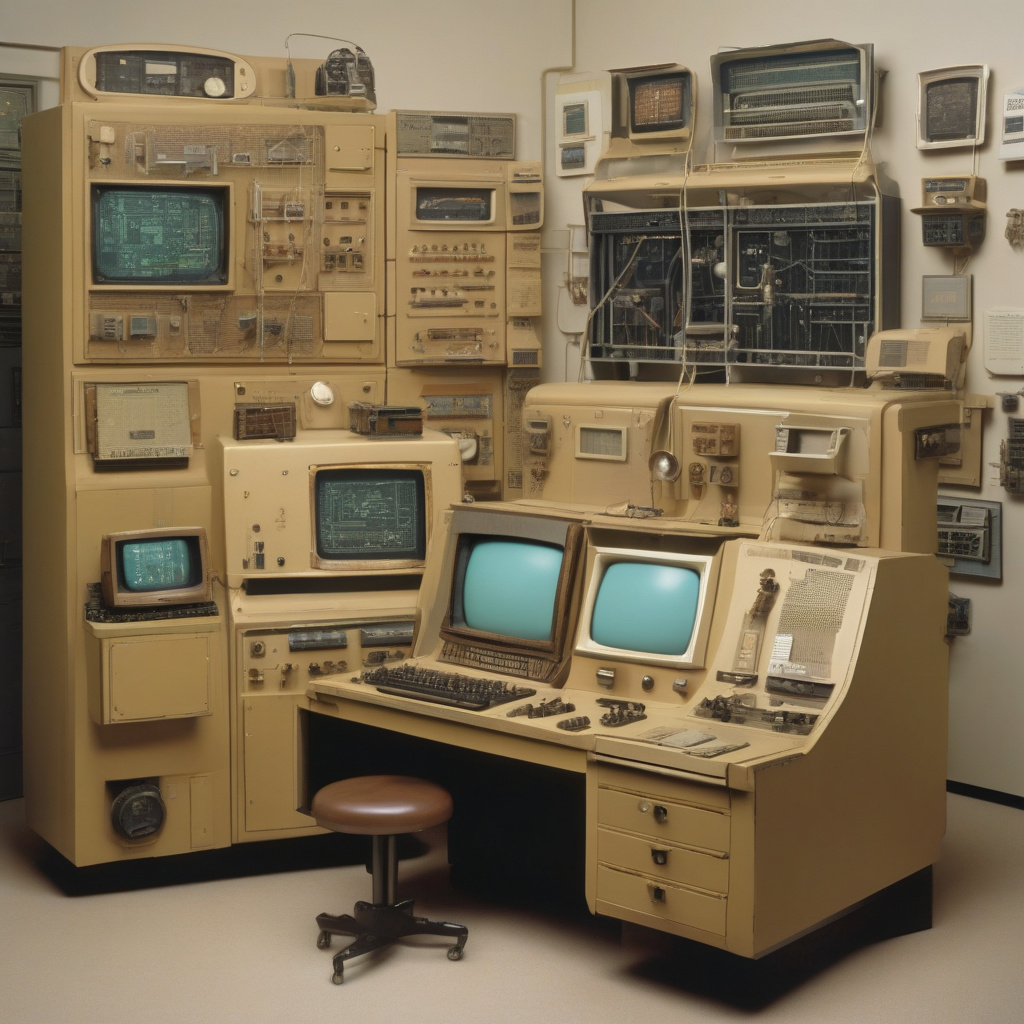From History to the Future of AI Communication—IPC to MCP and A2A
As we journey through the evolution of artificial intelligence (AI) communication protocols, we witness a fascinating progression from traditional Inter-Process Communication (IPC) to modern frameworks like Model Context Protocol (MCP) and Agent-to-Agent (A2A) interactions. Each protocol marks a significant milestone in enabling seamless interactions between AI entities, paving the way for more sophisticated and collaborative systems.
IPC, the foundational protocol in this narrative, has long been the cornerstone of communication between processes within a computing environment. It facilitated data exchange and synchronization between different parts of a system, laying the groundwork for more advanced communication standards to emerge.
Fast forward to the present day, and we encounter the Model Context Protocol (MCP), a cutting-edge framework developed by Anthropic. MCP focuses on streamlining the interaction between individual AI agents and their external resources, such as tools and data sources. By standardizing this agent-to-resource interface, MCP enhances the efficiency and effectiveness of AI workflows, enabling agents to seamlessly access and utilize the resources they need to perform complex tasks.
In parallel, Google has introduced the Agent-to-Agent (A2A) protocol, which complements MCP by addressing a different yet equally crucial aspect of AI communication. Unlike MCP, which governs the interaction between an agent and its external resources, A2A is designed to facilitate communication and collaboration among distinct AI agents. This emphasis on the agent-to-agent interface is pivotal in enabling multiple agents to work together cohesively towards a common goal.
The architectural differences between MCP and A2A further underscore their unique roles in the realm of AI communication. While MCP operates at the agent-to-resource level, ensuring seamless access to external tools and data, A2A governs the agent-to-agent interface, enabling intelligent agents to exchange information, coordinate tasks, and leverage each other’s capabilities.
To illustrate this interplay between MCP and A2A, consider a scenario where a client agent utilizes the A2A protocol to seek assistance from a specialized server agent. The server agent, in turn, leverages MCP to interact with various tools and data sources required to fulfill the client’s request. This seamless integration of protocols allows for efficient collaboration between different AI entities, ultimately enhancing the overall performance and capabilities of the system.
In conclusion, the transition from traditional IPC mechanisms to modern AI communication protocols like MCP and A2A signifies a paradigm shift in how intelligent systems interact and collaborate. By standardizing communication interfaces at both the agent-to-resource and agent-to-agent levels, these protocols are paving the way for a future where AI entities can seamlessly exchange information, leverage each other’s strengths, and work together towards common objectives. As we embrace this new era of AI communication, the possibilities for innovation and advancement in the field are truly limitless.

